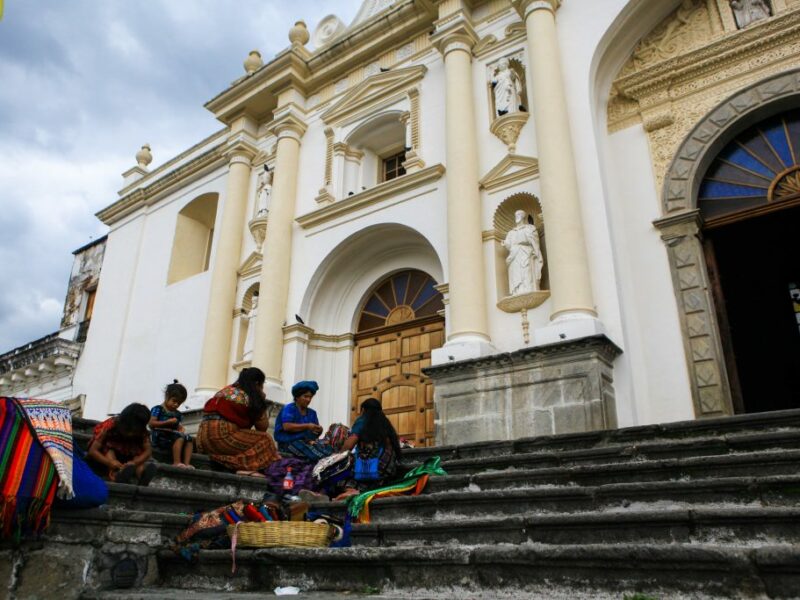By René Kladzyk and Maria Ramos Pacheco/El Paso Matters and Veronica Martinez/La Verdad
First of a three-part series
Running children and crying babies create a cacophony at El Buen Samaritano shelter, but in a far corner, Carmela holds her 2-year-old in silence. She can’t communicate with anyone — she doesn’t know Spanish, and no one at the facility can understand the Indigenous language she speaks. Indigenous migrants like Carmela encounter extra hurdles in attempting to reach the United States: communication difficulties, cultural barriers and anti-Indigenous discrimination. In this three-part series, we’ll trace the path of a migration journey from Guatemala, investigating the challenges that Indigenous migrants face at every stage. Part one looks at migration drivers and the arduous journey across Mexico; part two discusses added barriers at the U.S. border as Indigenous migrants interact with immigration officials; and part three centers on the struggles Indigenous migrants face in shelters in Juárez and how they’re rendered invisible in U.S. immigration courts.
